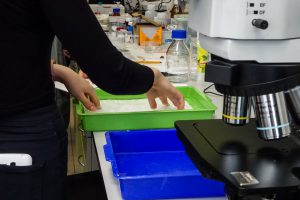
On 20th of April a group of 8 high school students accompanied by their photography professor Weronika Elertowska visited our group in order to prepare a home-made photography paper and learn a bit about what we do.
The salt print technique was created in the 1830s by Henry Fox Talbot, and its ingenuity is based on uniform deposition of silver chloride which is poorly soluble in water. First good quality paper (for example for watercolor painting) is soaked in 2% solution of sodium chloride and left to dry, next we evenly paint the surface with a 10% solution of silver nitrate. Silver nitrate reacts with sodium chloride to give silver chloride which is photosensitive.
NaCl(aq) + AgNO3(aq) → AgCl(s) + NaNO3(aq)
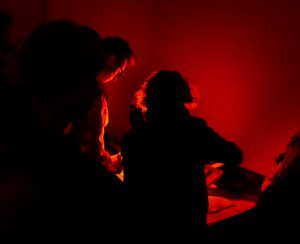
Therefore the painting has to be done in the dark, or under red, dark room light. Next we can expose (contact exposure using a negative printed on a transparency foil) our paper under a UV lamp or under sunlight. As we noted during our experiments using a UV lamp results in prints with a higher contrast. When exposed to light silver chloride breaks down to volatile chloride and solid silver which gives a characteristic, warm brown colouration of the paper. Unexposed silver chloride has to be fixed with a 10% solution of thiosulfate – the resulting silver thiosulfate is much more stable and will not be affected by light.
2 S2O32− + AgCl → [Ag(S2O3)2]3− + Cl−
After few minutes wash under running water and our prints are ready!
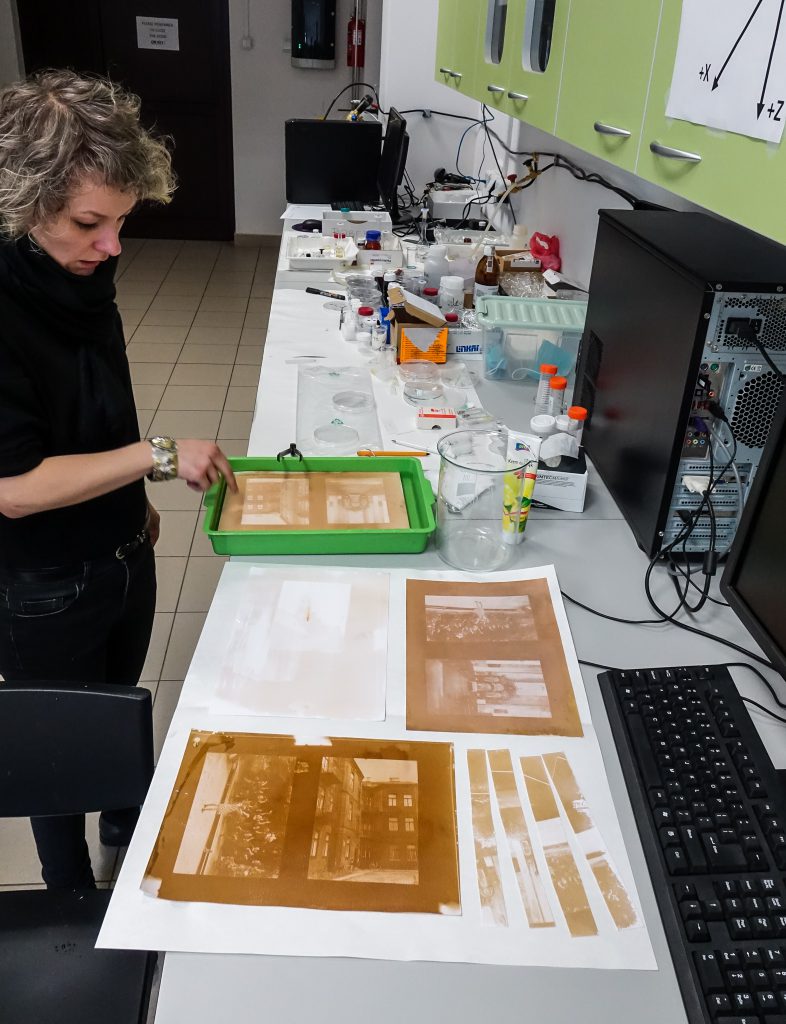
The technique is quite easy, fun, and resulting prints have a pleasant, old fashioned look. Nevertheless this technique didn’t gain much public mainly because Mr. Talbot was a bit too possessive and did not want to freely disseminate his patent.
Anyway, we hope that students from Radom High School of Art enjoyed the visit at least so much as we did. We are looking forward to try the salt paper technique again with our group photos, and some SEM images which we did in order to explain electron microscopy to our visitors.

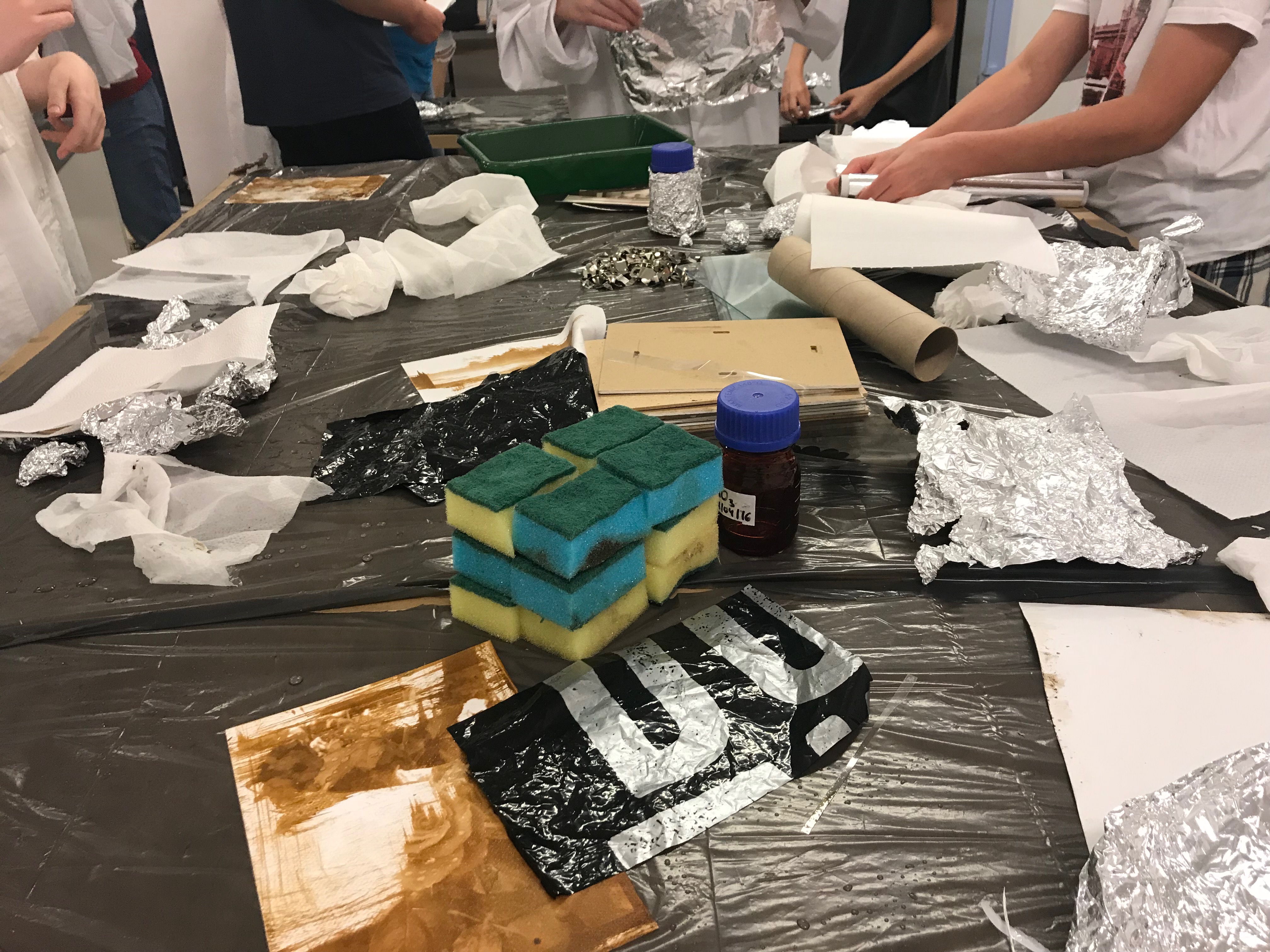
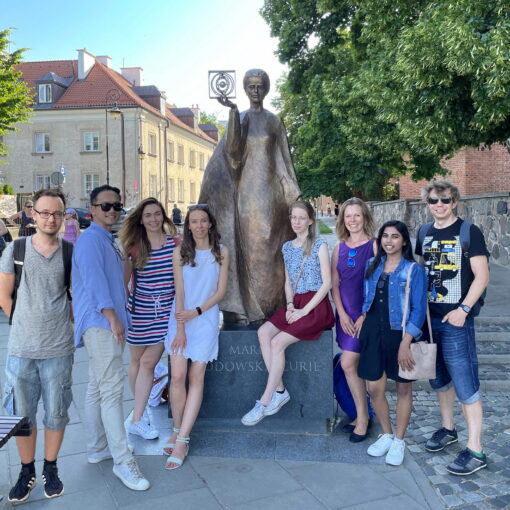


One thought on “Visit of high school art students”